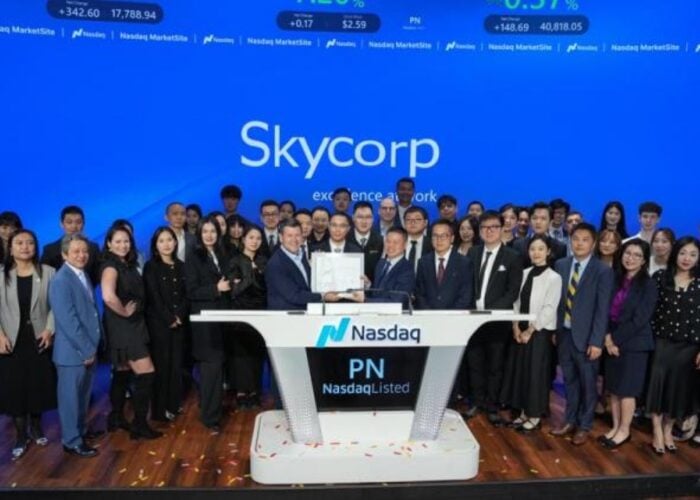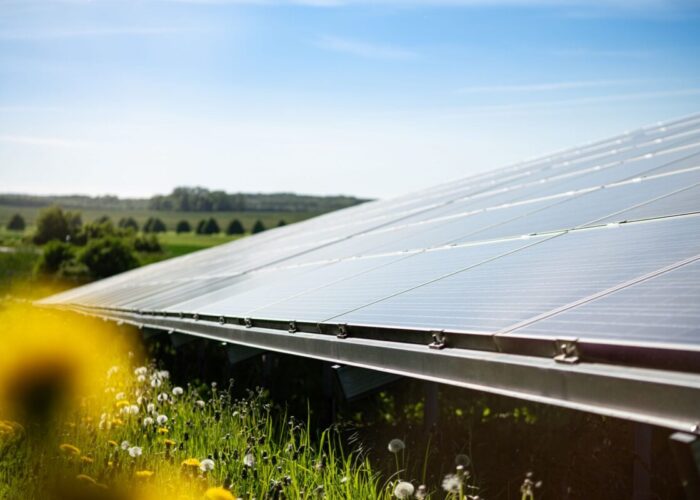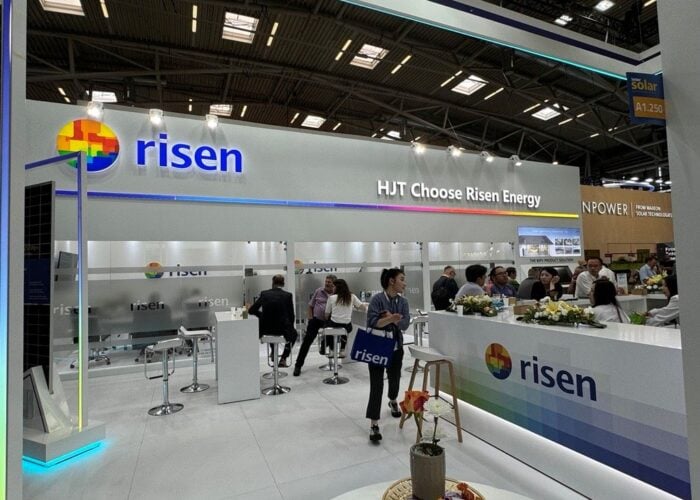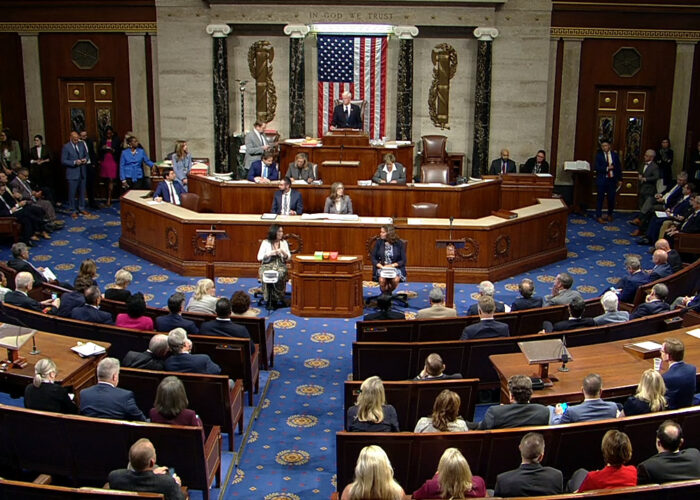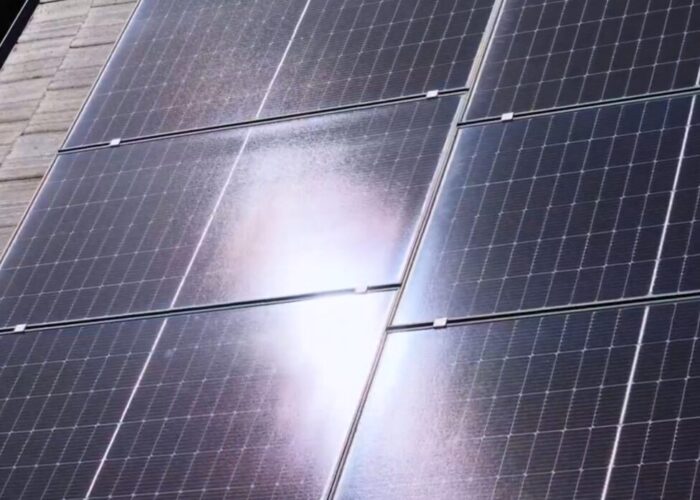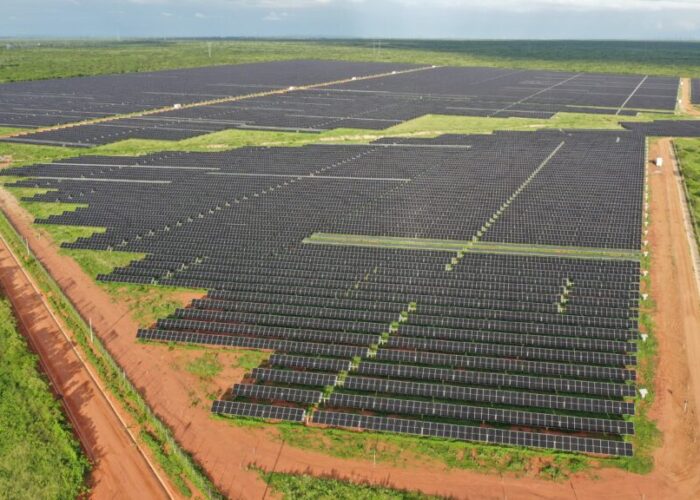Product Briefing Outline: Due to technology partnerships and longtime experience RENA has been able to optimize the handling and process sequence for the complete process chain after wafer sawing with its ‘Wafer Line’ system. With this complete system, 200MW production per annum is possible.
Problem: Complete optimization of the wafer separation process chain is required to boost capacity and throughput. The move to larger brick sizes to reduce costs requires careful system integration or separation to enable the right processing strategies.
Unlock unlimited access for 12 whole months of distinctive global analysis
Photovoltaics International is now included.
- Regular insight and analysis of the industry’s biggest developments
- In-depth interviews with the industry’s leading figures
- Unlimited digital access to the PV Tech Power journal catalogue
- Unlimited digital access to the Photovoltaics International journal catalogue
- Access to more than 1,000 technical papers
- Discounts on Solar Media’s portfolio of events, in-person and virtual
Solution: The MultiLifter system takes out the sawn wafer beams from the saw and positions the wafer beam into a wafer basket. The wafer basket is already positioned in a PreWaClean transport tank. The transport tank is either dry, filled with water or with glycole, depending on the type of slurry used in the saw. Then the transport tank is brought into the PreWaClean and the pre-cleaning procedure starts. In the output region of the PreWaClean the PreWaClean handling loads the basket with the already pre-cleaned and ‘unglued’ wafers into a transport tank filled with water. The wafers are hold in the basket by brushes. With a lifting transport cart the PreWaClean transport tank is brought to one of the WaSep wafer separation units. With the lifting unit integrated in the WaSep’s the whole basket is positioned in the Wafer Separation tank, filled with water. It is much easier to have a storage / buffer concept using the PreWaClean wet tanks. If a service operation is necessary it is easier to have this manual transport. Then the wet conveyor distribution system at the output of the WaSep are distributed onto the inline lanes necessary for the inline cleaning. For the dry wafer a cross conveyor technology is used to position the wafers from several lanes onto one lane. RENA’s soft cross conveyors have no mechanical wafer stops for the wafer. The VarioUnload transports the wafers on one lane into the characterisation and sorting unit QCheck.
Applications: Depending on the brick length, the new saw generations allow larger bricks, one PreWaClean has the capacity for 3 x 3000 W/h.
Platform: The PreWaClean has more than double the capacity of the two follow up lines. Therefore only one PreWaClean is necessary as supply for two WaSep-InWaClean-VarioUnload-QCheck lines. Each of the two lines has a 3000 Wafer/h capacity. Each WaSep has two separation units which work totally independent, if a failure occurs on one side, half the capacity, 1500 W/h, is still available.
Availability: Currently available.

